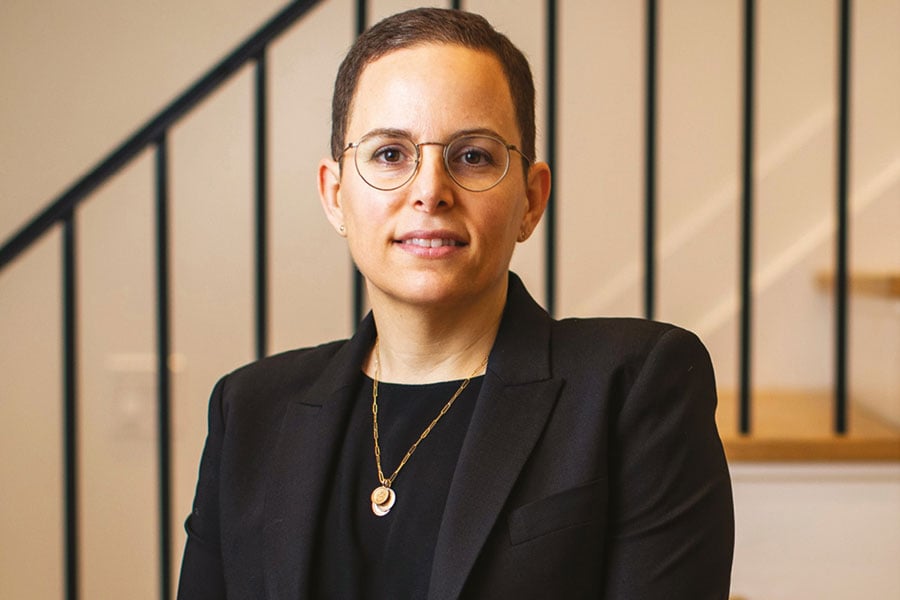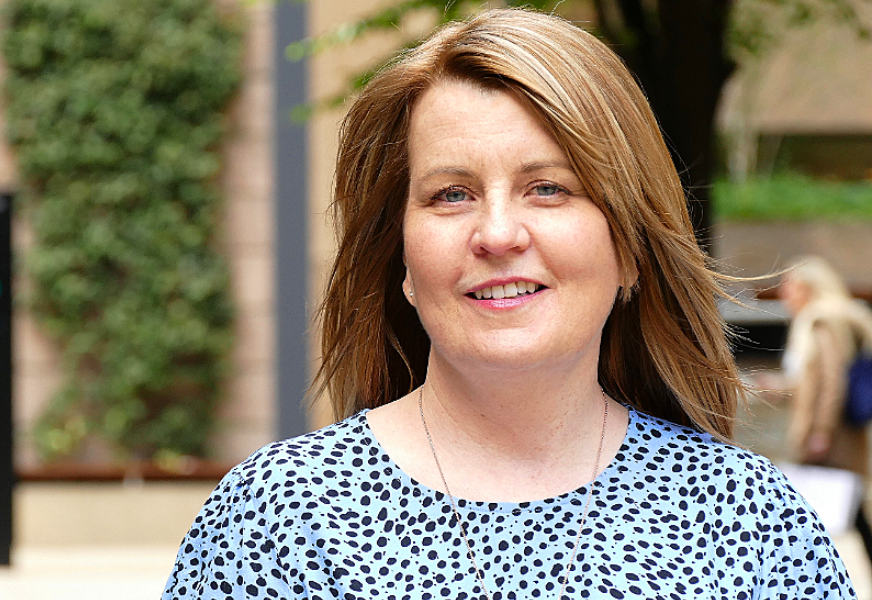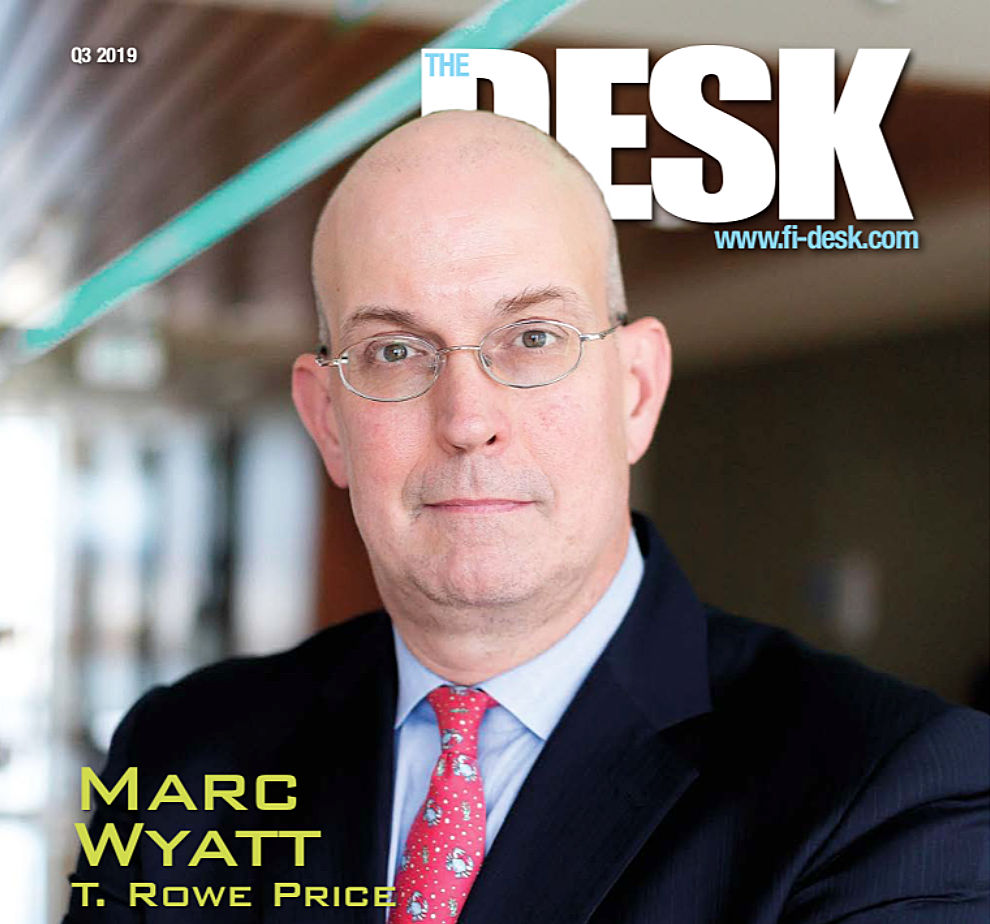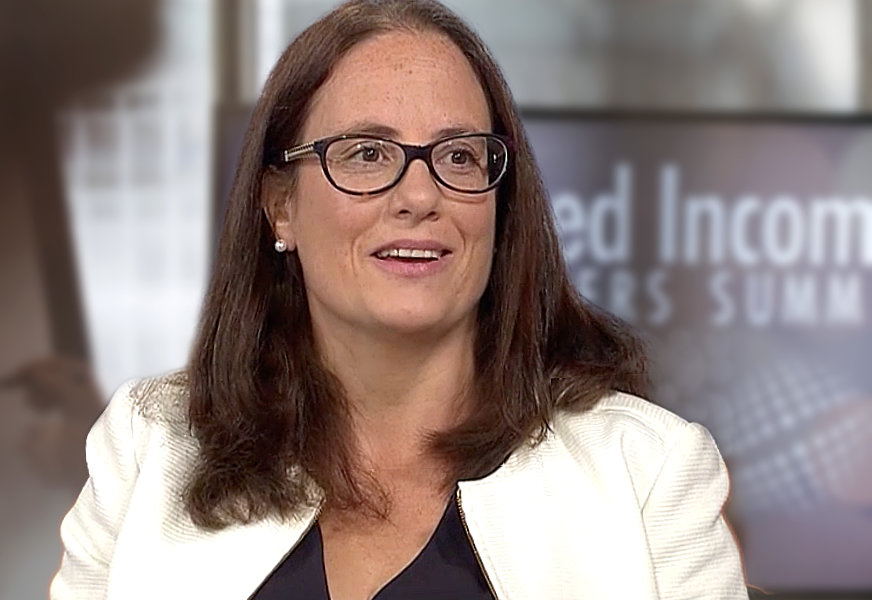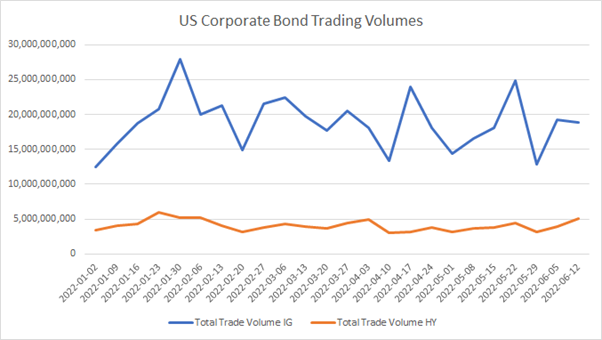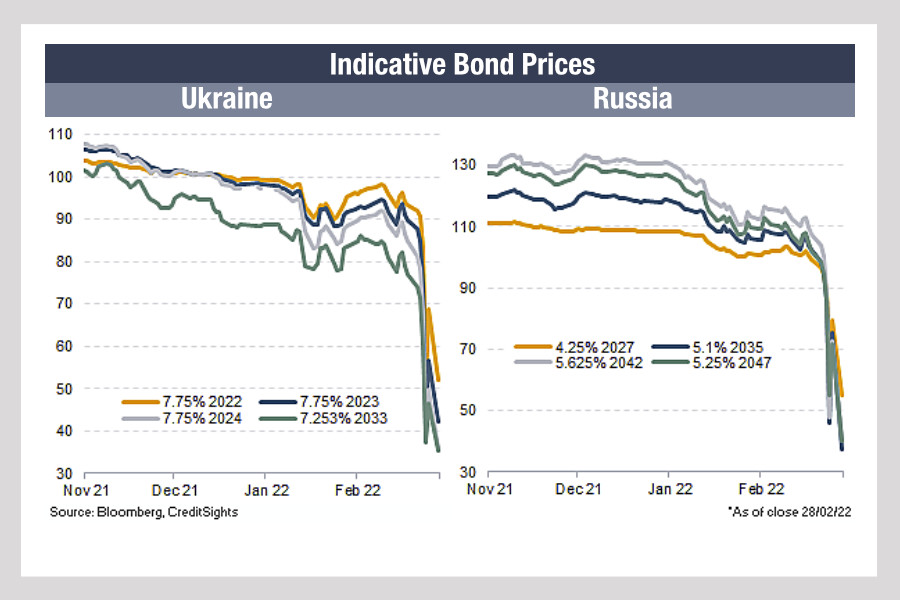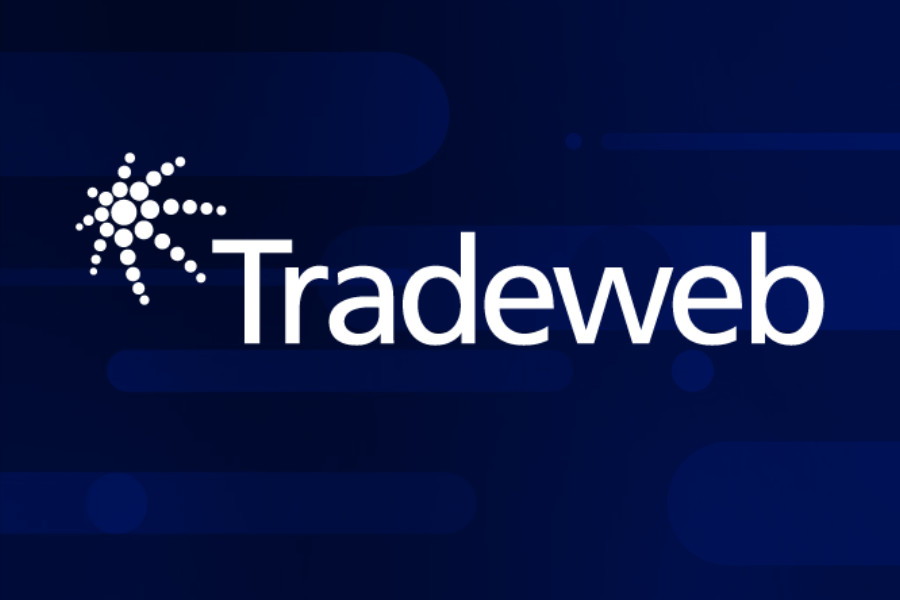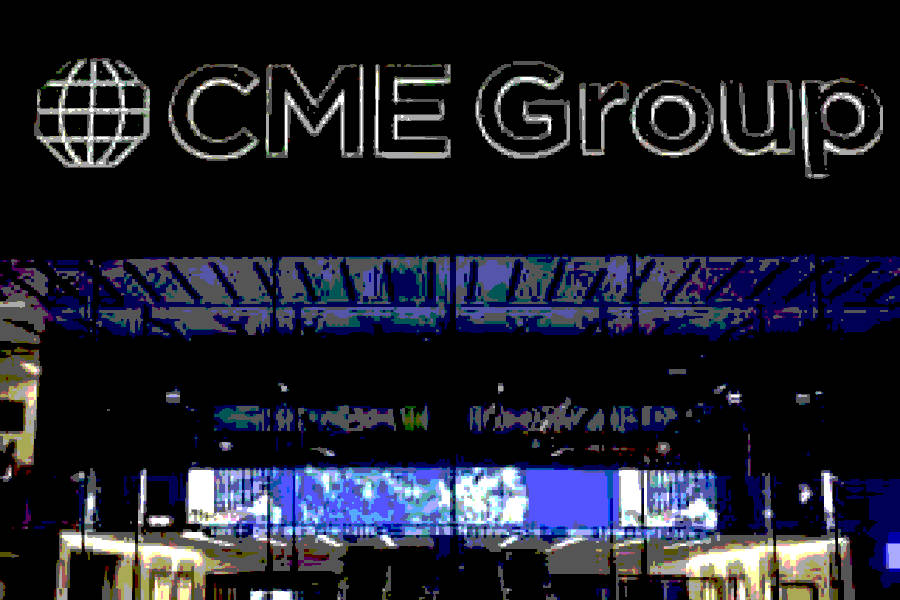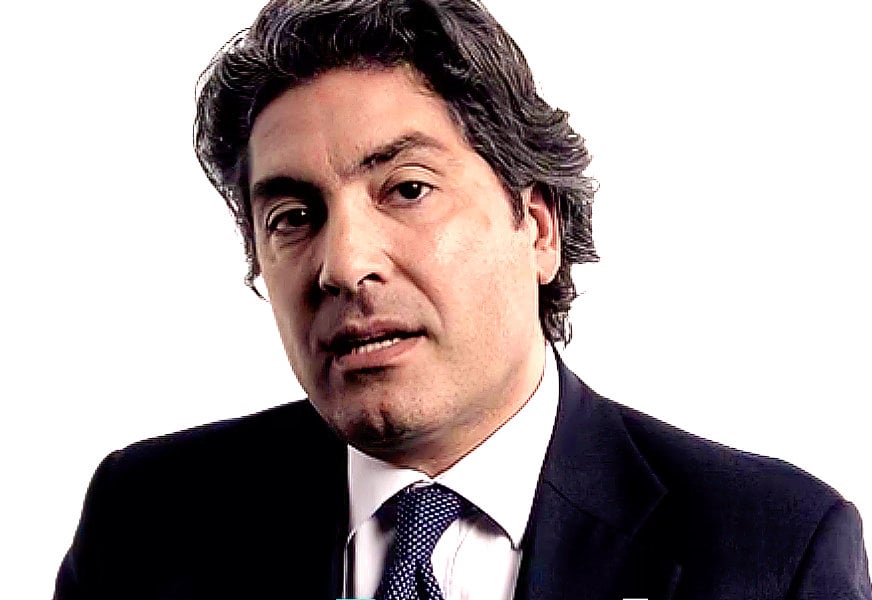Howard Lutnick: Revolutionising Treasury trading
Adapting its interdealer expertise for a buy‑side market, BGC is creating a unique trading mechanism to modernise the cash Treasury space.
Howard W Lutnick is Chairman and Chief Executive Officer of BGC Partners, a leading global brokerage company serving the financial and real estate markets. In addition, Lutnick is also Chairman and Chief Executive Officer of Cantor Fitzgerald, one of the world’s leading financial services firms. A graduate of Haverford College he holds a degree in economics and joined Cantor Fitzgerald in 1983. In 1991 he was appointed President and CEO, and five years later he was named Chairman. He rebuilt the firm following the tragic losses suffered on September 11, 2001, and since then has fostered corporate philanthropy across BGC Partners and Cantor Fitzgerald.
BGC, one of the globally dominant interdealer brokers, is launching the new FENICS USTreasuries platform with a new market for buy-side traders. Called Block Book, it will give asset managers a more attractive venue for accessing liquidity in US Treasuries (UST), working in parallel with the platform’s central limit order book.
Howard Lutnick, CEO of BGC, conceived the model in order to give buy-side order flow the widest exposure to marketplace pricing, without exposing dealers’ clients to greater risk. Tick sizes on the market are 1/16th of a 32nd translating to US$19.5 per million, which reduces the potential bid-ask spread, creating the possibility of greater competition for price takers’ order flow.
Lutnick, who developed the model and the technology that underpins eSpeed, now the second largest electronic US treasuries market, has put his firm back in the US government rates business.
“Right now access to Treasuries liquidity is either via the highly efficient interdealer model, only designed for competing market-making firms to trade with each other in a shark-tank; or institutions using slow electronic request-for-quote (RFQ), which is inefficient and leaky,” says Lutnick. “Would buy-side participants rather have 25 market-makers competing for their business in real time, or prices from three dealers who already know what they are trading?”
The new platform, FENICS USTreasuries, takes the knowledge, experience, and deep bench of technologists which built BGC’s original business and reimagines that structure in such a way that it can serve the entire market: broker-dealers; investment banks; regional brokers; electronic market-makers; institutional investors, corporate treasuries, hedge funds, etc.
Lutnick says the firm has taken the five years since it sold the eSpeed platform to Nasdaq, to design a new platform and process that will operate as the fastest system with the tightest spreads, in the world.
He says, “The new model within FENICS USTreasuries, which we call our Block Book, allows market makers in cash US Treasuries to electronically overlay the ability for their clients to trade with them in block size and at a known spread or cost to wholesale, depending on the size of the order.”
At present the primary models of trade execution in fixed income are via a central limit order book (CLOB) or request for quote (RFQ) and voice trading. The former, CLOB, is typically used to support dealer-to-dealer trading and can be characterised by wide spreads even in a tight market such as US treasuries. These will typically be a quarter or more wide; FENICS USTreasuries’ tick size can drive that down to a 16th of a 32nd, 75% tighter than is currently possible. Using a CLOB to trade a large position will typically require repeated small trades, that can give away the firm’s position.
Institutional clients typically prefer the voice or RFQ model which has the weakness of giving the price maker optionality over the price they provide, whether or not to engage with the investment manager, and even whether to provide a firm price. It also creates the risk of information leakage.
“RFQ is the equivalent of email where FENICS USTreasuries is real-time texting,” says Lutnick.
Block Book is designed to overcome the challenges that each of these models inherently have. It is accessed by the client, displayed side-by-side with the central limit order book on FENICS, through the click of a mouse. It instantly provides that buy-side user with pre-sized block transactions at a fair price, the market’s best price for that block.
“This is the definition of the modern treasury market,” says Lutnick. “It is the modernisation of the treasuries market; it eliminates RFQ, but it doesn’t force everybody to conduct all of their transactions in smaller unit sizes as this has its own drawbacks. It allows the buy side to trade blocks of transactions at a fair price, and it does not disintermediate market makers who can still service clients at the appropriate price for the size of the order.”
Lutnick believes that updating electronic UST trading by improving access to the other side of the trade at the right price is a win-win for firms who are seeing their trading relationships broken apart by alternative models such as “all-to-all” trading, but also find their current trading protocols do not always adequately support them in finding the most suitable price for their order.
Buy-side clients can choose to keep themselves anonymous, pre-trade, although they may choose to provide a name if that better supports their trading relationship. Post-trade is automated and seamless and Cantor Fitzgerald’s US Government Bond Prime Broker clears every transaction.
Fenics USTreasuries can integrate via any order management system or trading platform, Lutnick says, due to the proficiency of its technology team in building out application programming interfaces. FENICS USTreasuries has launched with trading on benchmark instruments, then expanding the selection via a rolling opening, adding products, such as off-the-run maturities, and clients on a weekly basis.
The entire scope of buy-side accounts including hedge funds, asset managers, insurance companies, pension funds and corporates are expected to join the platform, with some of the world’s largest firms already signed up. Smaller asset managers and hedge funds are also rapidly joining, with all institutional investors welcome to participate.
“We have more than sufficient critical mass to launch,” Lutnick says. “We expect there will always be market makers at the bid and at the offer for reasonable size, every second of every minute of every day. Buy-side firms will get better execution than they ever have before, because they are not one of the sharks, they are a real client and their order flow is more valuable to dealers. Our model treats that order flow better, because it is.”
©TheDESK 2018
TOP OF PAGE
TEXT HERE

